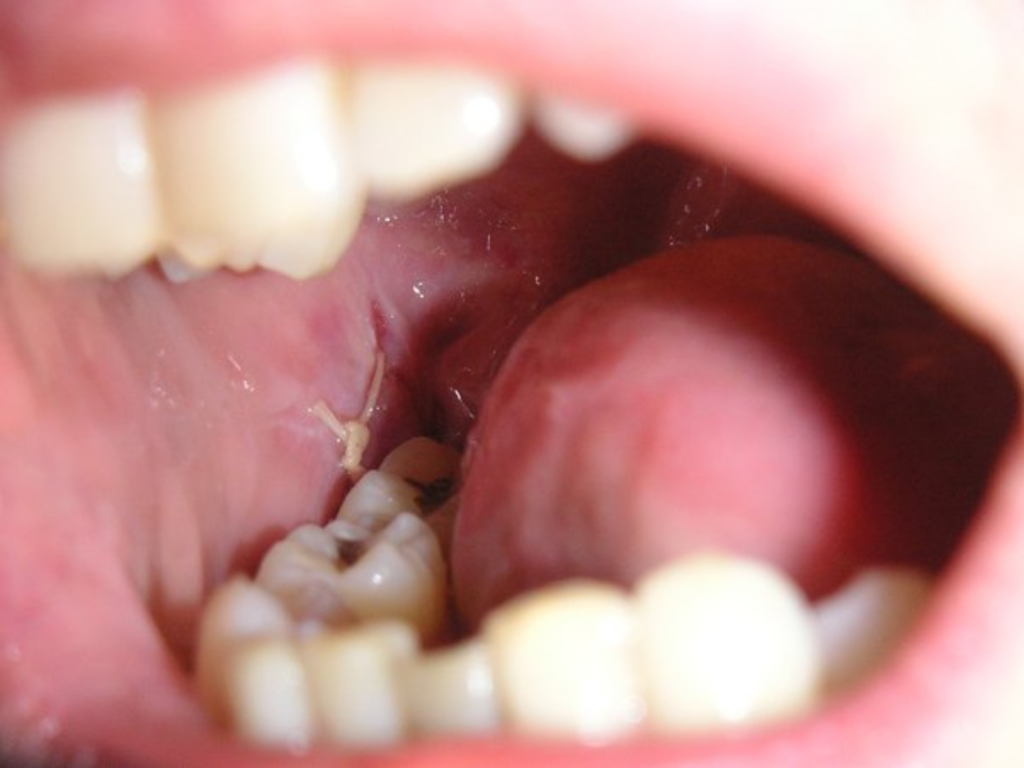After undergoing a wisdom tooth extraction, understanding the role of stitches in the healing process is crucial. Stitches, also known as sutures, play a vital role in ensuring the extraction site heals properly and efficiently. This procedure involves the surgical removal of one or more wisdom teeth, typically due to impaction, crowding, or potential complications. Stitches are used by dentists or oral surgeons to close the wound after the tooth or teeth have been extracted.
The placement of stitches serves multiple purposes in the recovery phase. They help to control bleeding, promote proper alignment of gum tissues, and protect the underlying bone and nerves. Understanding what happens to these stitches post-surgery is essential for managing expectations and ensuring optimal recovery.
This blog explores the types of stitches used, how they dissolve over time, and the importance of post-operative care in maintaining oral health. Whether you’ve recently undergone wisdom tooth extraction or are preparing for the procedure, this guide will provide clarity on what to expect regarding the management of stitches during your recovery journey.
Purpose of Stitches in Wisdom Tooth Extraction
Stitches, also known as sutures, are a crucial component of post-operative care following wisdom tooth extraction. They serve several important purposes to ensure proper healing and recovery:
- Preventing Excessive Bleeding: Stitches are used to close the surgical wound and apply pressure on the tissues, which helps to control bleeding during and immediately after the extraction procedure.
- Promoting Faster Healing: By holding the edges of the gum tissue together, stitches facilitate the initial stages of wound healing. This promotes faster formation of blood clots and reduces the risk of complications such as infection.
- Securing the Extraction Site: Stitches help to stabilize the gum tissue over the extraction site, protecting it from trauma and ensuring that the underlying bone and nerves are adequately covered and protected.

Types of Stitches Used
Types of stitches used in wisdom tooth extraction depend on the specific needs of the patient and the nature of the procedure:
- Dissolvable Stitches: These sutures are made from materials that naturally break down over time within the body. They eliminate the need for removal during follow-up visits and gradually dissolve as the extraction site heals.
- Non-dissolvable Stitches: Made from materials like silk or nylon, these stitches require removal by the dentist or oral surgeon during a subsequent appointment. They are typically used when a longer-lasting closure is needed or when dissolvable stitches are not suitable due to specific patient circumstances.
Timeline of Stitches Dissolving
The timeline for dissolving stitches after wisdom tooth extraction varies based on several factors, including the type of stitches used and individual healing processes:
- Initial Days After Extraction: During the first few days post-extraction, dissolvable stitches typically start to break down. The process begins with the stitches absorbing moisture from the surrounding tissues.
- Duration for Complete Dissolution: Complete dissolution of dissolvable stitches can take anywhere from a few days to several weeks, depending on the material used and the patient’s healing rate. For instance, stitches made from polyglycolic acid (PGA) or polylactic acid (PLA) may dissolve within 7-10 days, whereas stitches made from collagen may take 2-3 weeks to dissolve fully.
- Factors Influencing Dissolution: Factors such as the location of the stitches, the extent of the surgical procedure, and the overall health of the patient can affect how quickly the stitches dissolve. Patients are advised to follow post-operative care instructions carefully to support the natural breakdown of stitches and promote optimal healing of the extraction site.
What to Expect During the Healing Process?
During the healing process after wisdom tooth extraction, patients can expect a range of sensations and should be aware of signs that may necessitate follow-up with their dentist:
Common Sensations Post-Surgery:
- Pain and Discomfort: Mild to moderate pain around the extraction site is normal and can be managed with prescribed pain relievers.
- Swelling: Swelling of the cheek and jaw area is common and typically peaks within the first 48 hours post-surgery.
- Bleeding: Minimal bleeding is normal initially and should gradually decrease within the first day. Persistent or excessive bleeding may require attention.
- Bruising: Some patients may notice bruising around the extraction site or on the cheeks, which resolves over a few days.
Signs Indicating the Need for Follow-up with the Dentist:
- Persistent Pain: Pain that worsens or persists despite medication could indicate infection or dry socket.
- Severe Swelling or Fever: Significant swelling, fever, or foul odor may suggest infection and require immediate dental evaluation.
- Excessive Bleeding: If bleeding doesn’t subside or increases after the first day, it may indicate issues with clot formation.
- Difficulty Eating or Opening Mouth: Persistent difficulty in eating, swallowing, or opening the mouth fully may indicate complications.
Removal of Stitches
After wisdom tooth extraction, the removal of stitches typically follows a specific set of criteria and processes designed to facilitate healing:
Criteria for Stitch Removal:
- Healing Progress: Stitches are usually removed once the extraction site has sufficiently healed, which typically occurs within 7-10 days for dissolvable stitches and up to 14 days for non-dissolvable stitches.
- Absence of Complications: Stitch removal is postponed if there are signs of infection, excessive bleeding, or persistent swelling that could interfere with proper wound closure.
Process of Stitch Removal:
- Evaluation by the Dentist: The dentist or oral surgeon assesses the healing progress and determines if stitches are ready for removal.
- Sterile Technique: Using sterile instruments, the dentist carefully removes each stitch. Dissolvable stitches naturally dissolve on their own, while non-dissolvable stitches require manual removal.
- Post-Removal Care: After removal, the dentist may recommend rinsing with saltwater and maintaining good oral hygiene to promote complete healing of the extraction site.
Understanding the process of stitches after wisdom tooth extraction can alleviate concerns and promote smoother recovery. Proper care and adherence to post-operative instructions ensure optimal healing, minimizing discomfort and reducing the risk of complications.




